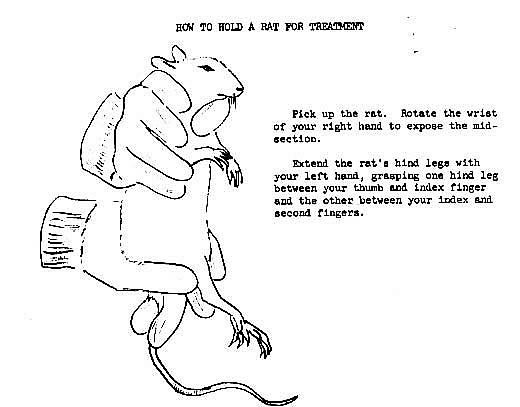
The scientific discovery of stress as a physiological mechanism is a humorous but intriguing tale. Hans Selye, a budding endocrinologist in the 1930s, had been pursuing hormonal communication in the body as a means to begin his career in research. His opportunity arose when one of his colleagues, a biochemist, gave Selye an extract from an ovary to determine what purpose it served for the body. So, Selye injected his lab rats with the ovarian extract daily for a number of months. His results indicated that the extract had created peptic ulcers, enlarged the adrenal glands and shrunk the immune system’s tissues. Selye knew that he was on to something at this point, however he still needed to run a control group. Injected with mere saline solution instead of the ovarian extract, Selye returned to his rats for results. Remarkably, even with the control saline solution, the control rats still had the same peptic ulcers, enlarged adrenal glands and diminished immune system tissues.
Turns out, Hans Selye was horrible at handling rats. Selye couldn’t hold them, would drop them on the floor accidentally, chase each one around the lab, and corner it into a cage, etc…before he was able to wrangle the unlucky rat into a position for injection. In both conditions, Selye had subjected his rats to a similar degree of trauma, which amazingly, indicated that the injected solutions had no immediate physiological effect; rather, the stress induced from Selye had caused the ulcers and other damages.
Ultimately, Hans Selye concluded that these changes in rat physiology were a nonspecific response to generic unpleasantness i.e. “stress”, a term he borrowed from physics. From this discovery, Selye and other scientists formalized two important concepts about stress: 1) the body has a specific array of responses for many different stressors 2) too many stressors for a prolonged amount of time can cause disease.
And maybe at one point you thought you were too clumsy to be a scientist :)
Adapted from: Why Zebras Don’t Get Ulcers by Robert M. Sapolsky